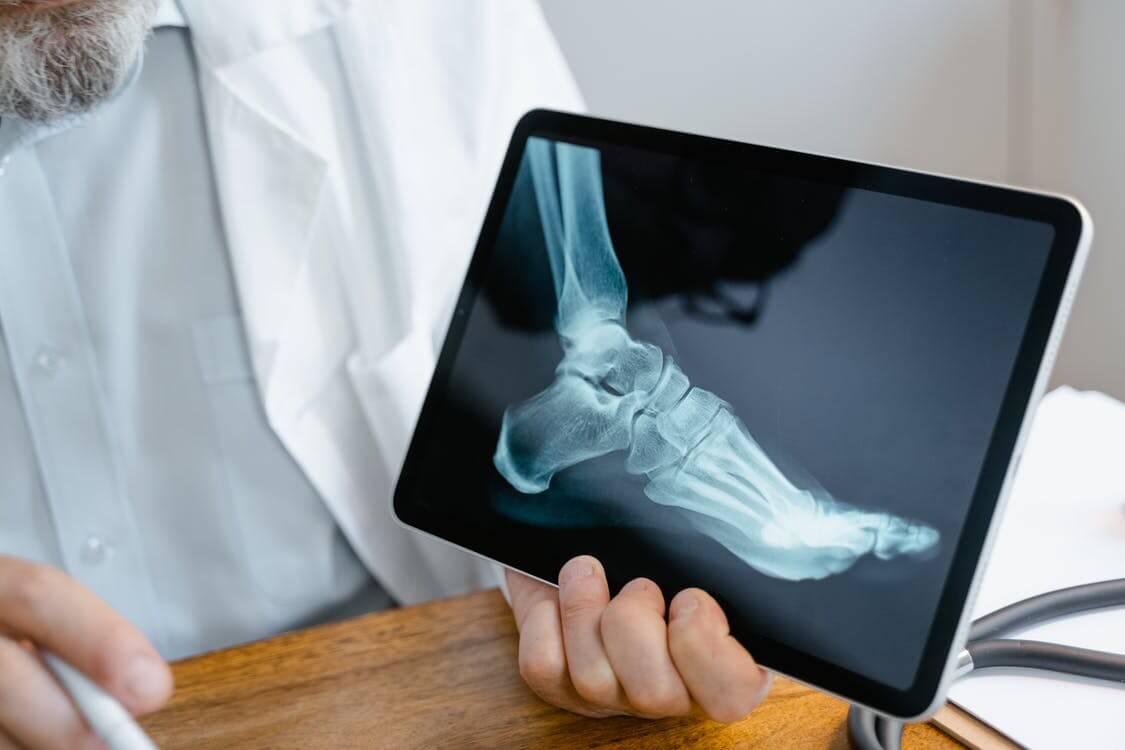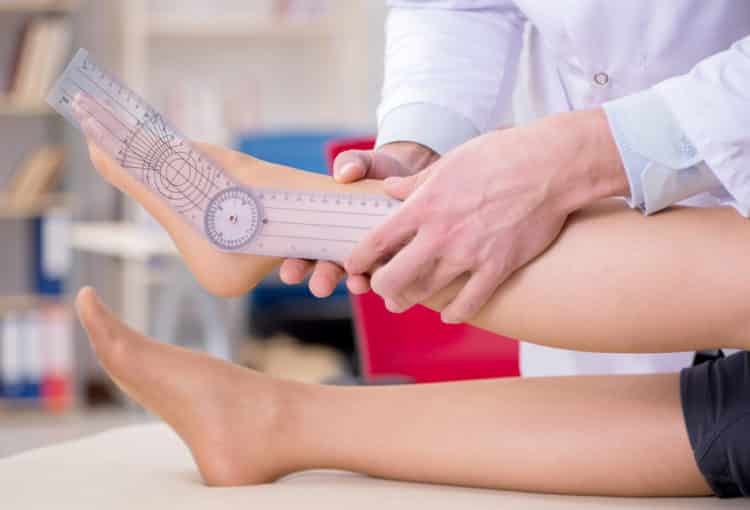What is Orthopedic Impairment

Orthopedic impairment is defined as a physical disability which affects the musculoskeletal system, and that which impacts a child or adult’s education as well as their daily functioning. In this piece we will detail the definition of orthopedic impairment, the characteristics of orthopedic impairment, and the causes of orthopedic impairment.
Orthopedic Impairment Definition
Orthopedic impairment is a blanket-term for any condition or damage sustained to the musculoskeletal system, including bones, joints, muscles, tendons, and ligaments. Orthopedic impairment causes disability, in that it is severe enough that it affects regular daily functioning of an individual as a result of the injury sustained to the musculoskeletal system. Most often, orthopedic impairment is seen from a pediatric standpoint, as orthopedic impairment can have a significant effect on childhood development and education, necessitating a need for special education services. Specifically, orthopedic impairment becomes a disability in terms of the IDEA (Individuals with Disabilities Education Act) only when the impairment affects a child’s access to education. This is because not all children with orthopedic impairments and disabilities require specialized education.
Orthopedic impairment in adults raises challenges in the spheres of learning, daily functioning, employment, and social life.
Orthopedic impairment has several different causes, all of which can affect an individual’s quality of life to varying degrees.
Characteristics of Orthopedic Impairment
There are two main categories of orthopedic impairment, namely congenital and acquired orthopedic impairment.
Congenital orthopedic impairment is defined as an orthopedic impairment that a child is born with and begins before birth. Acquired orthopedic impairment develops after birth and can be caused by injury or disease, as well as trauma during birth.
An orthopedic impairment can be either congenital or acquired and encompasses an array of characteristics. These characteristics can be grouped into three categories, namely neuromotor impairments, degenerative diseases, and musculoskeletal disorders.
The characteristics of orthopedic impairment largely depend on the specific disease, its severity, and factors that are specific to each case, such as access to therapy, equipment, and mobility aids. It is also important to consider whether the orthopedic impairment is affecting an adult or a child, as each has different needs connected to different areas of their lives that are affected by the orthopedic impairment.
Neuromotor Impairments
This type of impairment can be described as damage to or abnormality of the brain, nervous system, or spinal cord which is responsible for sending neural impulses to muscles of the body, facilitating voluntary movement. In many cases, these types of impairments are congenital, but they can also be acquired at birth.
Neuromotor impairments are often complex and affect several systems of the body, in addition to causing motor weaknesses. Examples of motor problems in this category include reduced movement of the limbs, spinal misalignment, and a loss of urinary management. The most common neuromotor impairments are spina bifida and cerebral palsy (including all its types and classifications).
In most cases of orthopedic impairment, many children and adults don’t have sensory, language, learning, or cognitive deficits. However, with neuromotor impairments, the likelihood of concurrent impairments is much higher, mostly due to the brain and central nervous system’s high involvement in this category of impairments.
Musculoskeletal Disorders
This category of orthopedic impairment encompasses several conditions which can all cause wide-ranging degrees of limitations and restrictions of movement. Musculoskeletal disorders can affect the joints, bones, muscles, and tendons. These afflictions can be congenital or acquired later in life, and examples include diseases such as osteoarthritis, rheumatoid arthritis, osteoporosis, and limb deficiency.
Degenerative Diseases
Degenerative diseases are those that worsen over time and tend to damage the structure of the affected tissues progressively. These diseases have a profound effect on motor function and movement and are usually described in terms of the structure of the musculoskeletal system they are affecting.
Examples of degenerative diseases include muscular dystrophy and amyotrophic lateral sclerosis (ALS). With muscular dystrophy, for example, muscle mass is lost over time, and leads to muscle weakness and challenges with mobility and movement.
Orthopedic Impairment Causes
When considering the causes of orthopedic impairment, it is important to bear in mind that orthopedic impairments can either be congenital (where an individual is born with them), can be acquired at birth, or later in life by other means.
Impairments Caused by Congenital Anomaly
Congenital causes of orthopedic impairment are often the result of genetic abnormalities. Congenital orthopedic impairments can also be caused by exposure to chemicals, medicines, and other toxic substances during pregnancy, as well as infections or uncontrolled medical conditions during pregnancy. A lack of essential nutrients during pregnancy can also result in birth defects, most commonly, a lack of folic acid can result in neural tube defects that can cause spina bifida.
Congenital anomalies can also result in impairments such as cerebral palsy, which can result from certain infections acquired during pregnancy that can lead to damage in the developing brain of the fetus. Missing limbs can also be a result of congenital anomalies.
Impairments Caused by Disease
Some orthopedic impairments can be caused by diseases that are acquired after birth. Diseases such as polio can cause significant impairment and motor deficits, as it usually results in various degrees of muscle paralysis.
Bone tuberculosis occurs when TB, which primarily involves the lungs, spreads to the bones and joints, affecting the spine and long bones, and causing significant and lasting orthopedic impairment ranging from neurological complications to paralysis, limb-shortening, and bone deformities.
Impairments with Environmental Causes
Environmental causes range from injury, to amputation, and birth trauma. Birth trauma can occur during labor or delivery, and can result in oxygen deprivation to the brain, resulting in significant brain damage and orthopedic impairment.
Sustaining an injury to any part of the musculoskeletal system can result in orthopedic impairment, and impairment is often caused by severe injuries such as paralysis or limb amputation.
For More Info on Orthopedic Impairments, Contact OPA Ortho
If you require more information on orthopedic impairments, as well as for solutions to living with orthopedic impairments, contact us. We are able to provide information on navigating around orthopedic impairments, and can assist with therapy, mobility aids, and anything else that will assist in getting access to the services you may require.
Helpful Reading: Wrist Pain When Bending – Causes and Treatment

